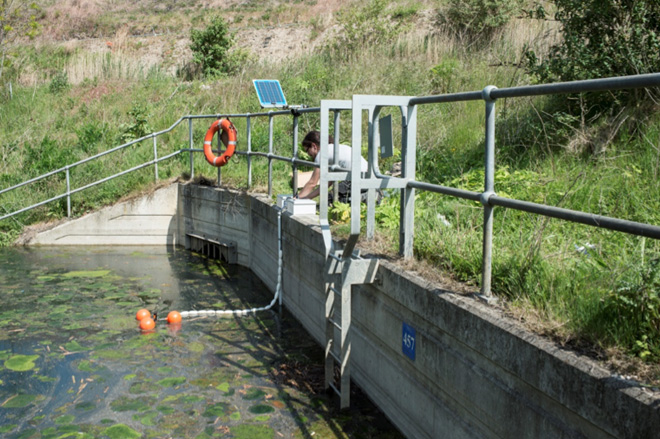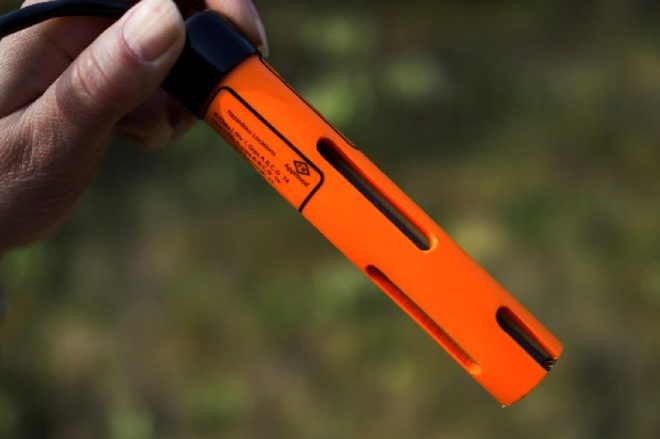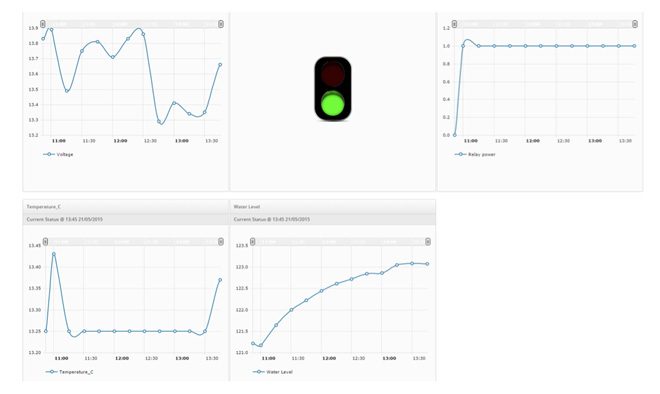

vanwaltCONNECT gets a ‘hydrocarbon’ makeover

May 27, 2015
vanwaltCONNECT, our competitively priced data transfer system that links water parameter data collected onsite directly to your desktop, tablet or mobile phone, has acquired additional functionality with a new hydrocarbon sensor.
This new sensor is a fast acting leak detection solution to provide optimum safety and environmental protection onsite.

Already installed at a site in London as part of a vanwaltCONNECT telemetry network, the new sensor will identify gasoline, jet fuel, diesel, crude oil, some heavier weight fuels and heating oils. For this particular project it is installed in a balancing pond where it will quickly detect even the smallest amounts of fuel on the surface of the water and provide an alarm to several email addresses so remediation can begin as quickly as possible.
The main photograph illustrates the sensor fitted to a float assembly to take account of the fluctuating water levels in the pond. A new, very simple ‘traffic light’ system informs the user if hydro-carbons are detected. Green means no presence of hydrocarbons, red for danger – hydrocarbons detected.

To find out more about vanwaltCONNECT watch our film:
Or to book an appointment for Van Walt to come along for a site visit for your telemetry installation, call us on +44 (0)1428 661 660.
You might also be interested in...
Van Walt Guidelines for sampling for PFAS in Groundwater
November 13, 2024We need to make clear, that at the time of writing, there are no ISO or EN standards which deal with the sampling of groundwater for PFAS.
Read MoreSpot measurement v. continuous environmental monitoring
August 25, 2023Environmental monitoring has developed considerably over the years. From the time when a consultant went out monthly or quarterly with a dip tape to monitor the groundwater level in a borehole, wind forward...
Read MoreMeasuring Nitrates (NO3, NO3-N) in the field
June 20, 2023The interest in Nitrates is nothing new. One way or another we have been measuring them for half a century.
Read MoreVan Walt Environmental Equipment
A small selection of our environmental equipment